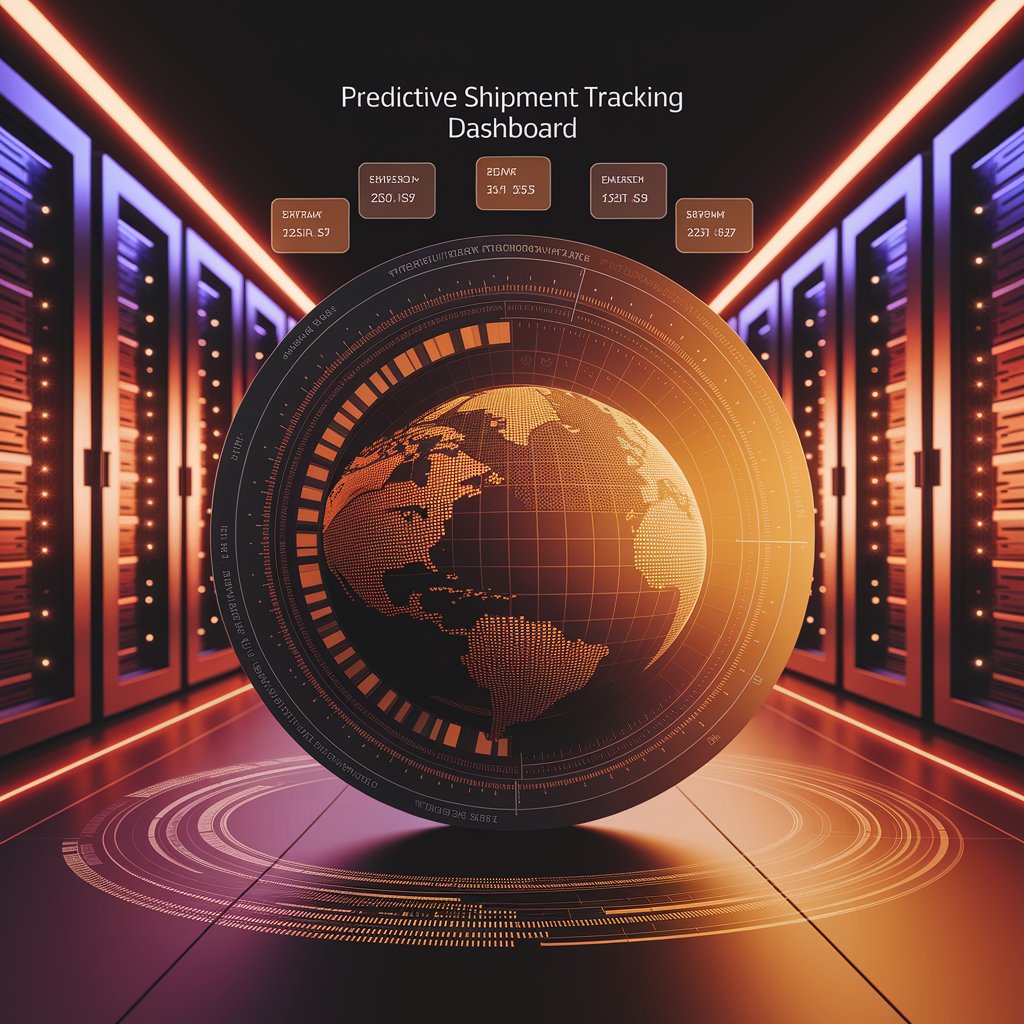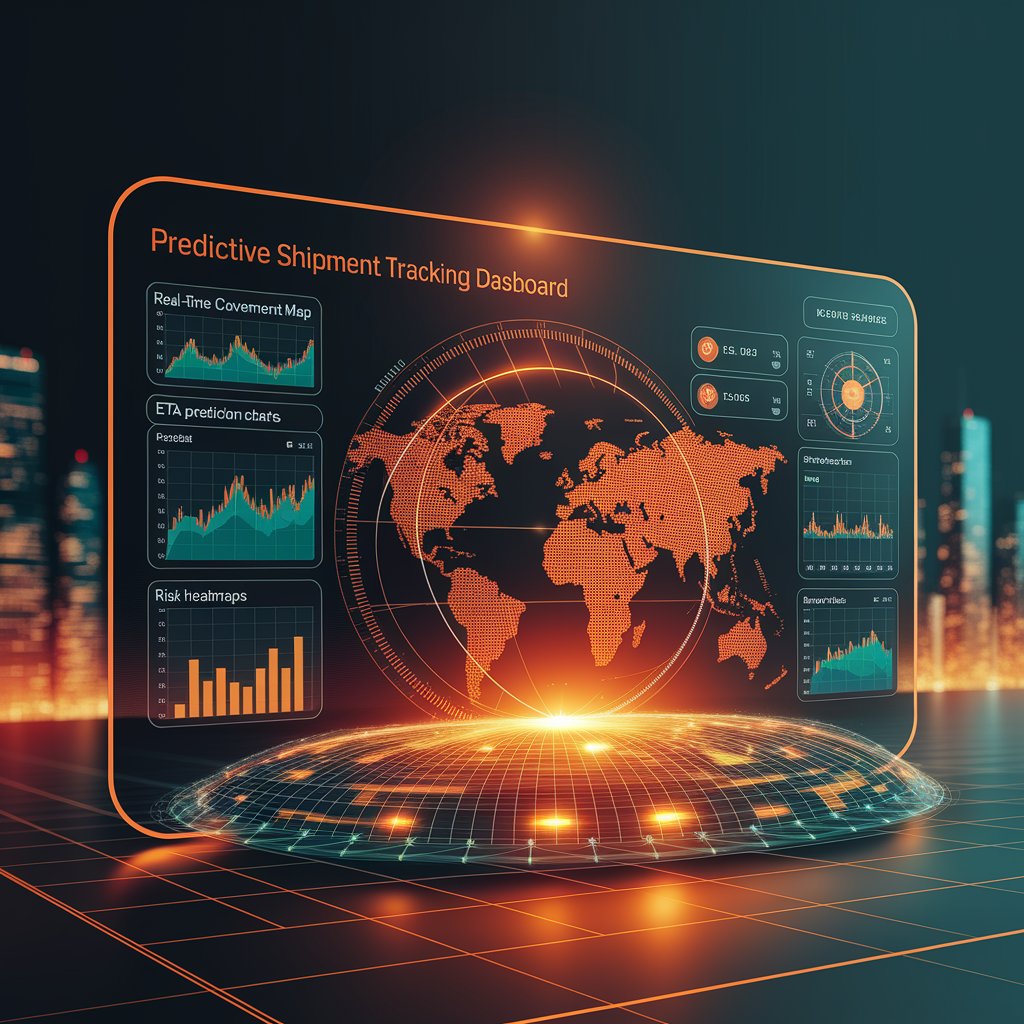Predictive Shipment Tracking: The Future of Smart Logistics Visibility

Introduction
Linbis integrates artificial intelligence, automation, and real-time data to forecast shipment outcomes before they happen.
This predictive approach transforms tracking into a strategic advantage, giving logistics providers and customers instant, actionable intelligence.
Step 1: Real-Time Data Foundation
Linbis predictive tracking begins with a strong data foundation:
- IoT sensors and GPS devices for live shipment location.
- TMS, WMS, and ERP integrations for synchronized operational data.
- Carrier and port APIs to monitor real-time events.
- External data streams like weather, congestion, and customs status.
This creates a complete, dynamic picture of every shipment — updated automatically, every second.
Step 2: AI Predictive Modeling
Linbis uses machine learning algorithms trained on thousands of shipment records to identify behavioral patterns and forecast outcomes:
- Predicts estimated time of arrival (ETA) with high accuracy.
- Detects potential delays before they occur.
- Estimates customs clearance times based on historical performance.
- Simulates what-if scenarios for route or mode changes.
AI doesn’t just track — it anticipates, empowering teams to act before problems escalate.
Step 3: Dynamic ETA Optimization
Unlike static tracking tools, Linbis updates ETAs dynamically as conditions evolve:
- Adjusts forecasts with every traffic or weather change.
- Recalculates ETA windows automatically when deviations occur.
- Alerts operations teams instantly when delivery risk thresholds are exceeded.
- Improves forecast precision continuously through AI feedback loops.
This ensures shipment data is always accurate, proactive, and real time.

Step 4: Automated Alerts and Workflow Integration
Visibility becomes actionable through automation.
Linbis connects predictive tracking to its workflow engine:
- Sends automatic alerts to customers about early or late arrivals.
- Triggers rescheduling or reallocation when risks are detected.
- Updates CRM and invoicing systems when deliveries are confirmed.
- Logs events for compliance and performance tracking.
Every insight drives a real-time operational response — not just another report.
Step 5: Visual Predictive Dashboards
Linbis turns complex predictive data into clear, interactive dashboards:
- Shipment trajectory maps with live and forecasted routes.
- Delay probability heatmaps by region or carrier.
- Performance trend graphs across time and trade lanes.
- Exception tracking panels for quick incident resolution.
Managers can see both the current status and the future outlook of their logistics network in one interface.
Step 6: Risk Prevention and Optimization
Predictive tracking enables proactive logistics management:
- Identifies at-risk shipments before customer deadlines are missed.
- Suggests alternative carriers or routes automatically.
- Analyzes delay causes for continuous process improvement.
- Calculates performance scores for carrier reliability and consistency.
This level of intelligence turns logistics teams from reactive problem-solvers into strategic planners.

Advanced Features
- AI-based delay and ETA forecasting.
- Automated exception alerts and workflows.
- Real-time data integration from multiple systems.
- Dynamic dashboards and predictive visualizations.
- Self-learning models for continuous accuracy.
Real-World Example 🚚
A European freight forwarder adopted Linbis predictive shipment tracking to enhance customer visibility across 12 countries.
After 3 months:
- ETA accuracy improved by 39%.
- Delay-related costs dropped by 24%.
- Customer support tickets decreased by 45%.
Now their customers receive accurate predictions — not excuses.

Benefits 📈
- Proactive: Identify risks before they affect operations.
- Accurate: Real-time, data-driven delivery forecasting.
- Efficient: Reduce manual follow-ups and exceptions.
- Customer-Focused: Deliver transparency and trust.
- Scalable: Expand predictive visibility across modes and markets.
Conclusion
With predictive shipment tracking, Linbis redefines what it means to have visibility in logistics.
By merging AI, automation, and real-time analytics, Linbis gives logistics teams the power to anticipate, adapt, and deliver with precision.
In global logistics, the best visibility isn’t seeing the present — it’s predicting the future.
